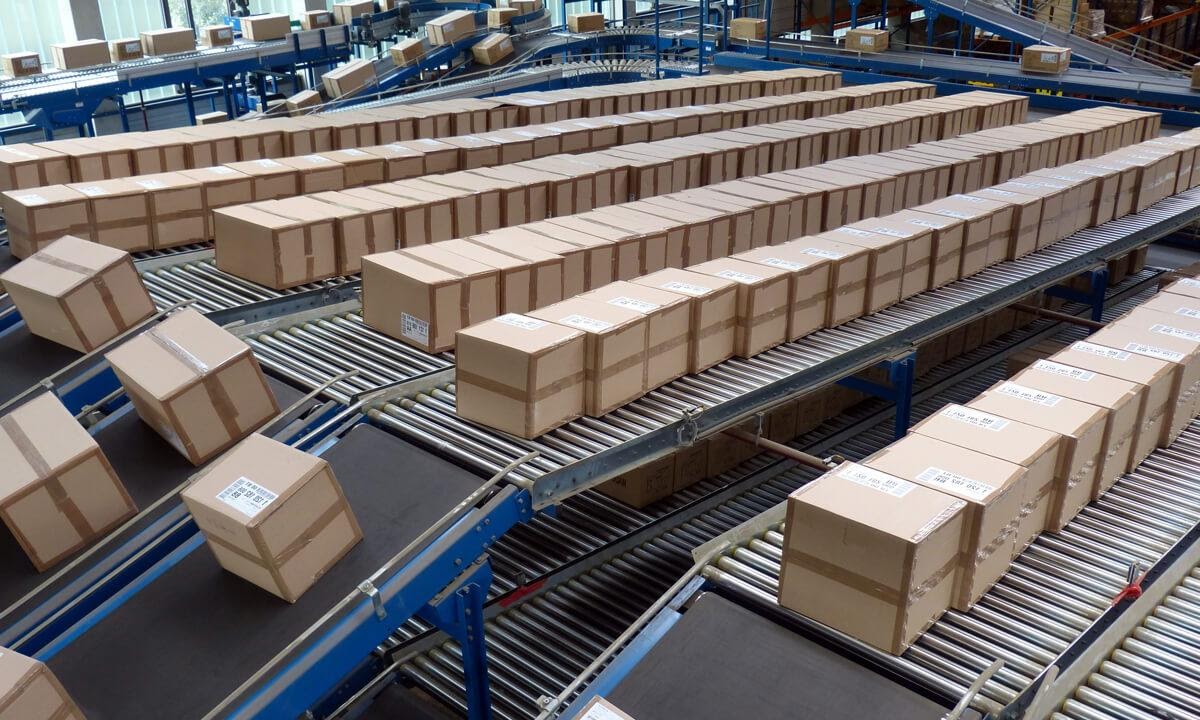Ecommerce fulfillment is one of the key factors why an online business succeeds. But getting it right is no easy task. Find out five tips to streamline your eCommerce fulfillment process and guarantee customer satisfaction.
Image credit: Pikist
The Importance of Streamlining your eCommerce Fulfillment Process
Ecommerce fulfillment includes picking and packing products and making sure that they are shipped and delivered on time to the right customer.
It’s extremely easy for consumers to take eCommerce for granted. They just search online, add something to their cart, breeze through the checkout, wait the listed amount of time, and hear a knock at their door indicating that their order has arrived. They don’t really follow the elaborate process that takes items from supply to shipment.
Merchants, on the other hand, have no choice but to put huge amounts of time into getting the shopping experience right. This isn’t to say that they’re not rewarded for doing so, of course (they wouldn’t do it at all if it weren’t often highly profitable), but it’s certainly a point of challenge for fast-growing brands. If you sell online at scale, you need to make your fulfillment process as streamlined as possible.
Fortunately, there are plenty of ways to enhance or even overhaul the eCommerce fulfillment process. And in this post, we’re going to cover five ways to streamline your eCommerce fulfillment process. If you can follow even a few of them, you should see a significant improvement. Let’s begin.
1. Hire a Top-class Inventory Manager
Passing the buck can’t always be the solution, but sometimes it’s exactly what you need. As the head of an eCommerce business, your primary focus should be on matters like sales and customer service, not supply management. Hiring an exceptional inventory manager will free you up to work on your key tasks, and ensure that stock is managed in the correct way.
In addition to having the right skills, a prospective hire needs to be a good fit for your business. Establish a strong rapport with them to suitably communicate with them. Plus, do some investigation to gauge what salary such a professional can command, and beat that number as comfortably as you can. Losing your inventory manager could leave you in the lurch, so treat them well to build their loyalty.
2. Implement A Cloud Integration Platform
Having the right personnel in place is one element, and having the right systems in place is another. Today’s ecommerce industry is strongly cross-marketplace because it’s the most efficient way to sell. The more chances you have to sell your products, the more conversions you can earn. Similarly, it’s possible to spread your inventory across countless marketplaces and even sell B2B.
You can do this manually, learning the current needs of each marketplace and submitting each product to every system, but it’s hugely cumbersome. This is where cloud integration platforms enter the picture. Scalable integration platforms like VL OMNI can hook your fulfillment system and other key business applications together, helping you manage inventory effectively. Plus, your brand can sync all data thoroughly where it needs to be.
How Can You Streamline Ecommerce Fulfillment With System Integration?
How many hours did you lose to small operations, marketing, and inventory tasks last week? Each task likely takes between 3-10 minutes, but it adds up when there are many of them on your to-do list.
Without unified data and reduced manual processes, scalability and growth are impossible. System integration enables you to seamlessly manage order data by connecting disparate applications and channels, thus turning your business into an efficient, scalable commerce machine.
Talk to an Integration Specialist today to start your integration journey.
3. Improve the Efficiency of Your Transport
Some eCommerce sellers outsource their shipping processes, not wanting to get involved in that element of fulfillment — but plenty doesn’t, opting to hire their own drivers and operate their own vehicles. Regardless of your approach, there are ways you can improve transport efficiency.
The first, and most obvious, is to find a more efficient shipping company. There are many out there, after all, and simply sticking with what you know isn’t always the best option.
If you handle your own shipping, though, you can find greater improvements. Software is once again an important concern: look into using fleet management software to cut down on your administration while reducing your fuel costs and shortening journeys. You should also incentivize your drivers by coming up with a reward system based on things like driving efficiency and customer satisfaction. Motivated drivers will yield significant results.
4. Install IoT-Based Warehouse Technology
The IoT, or Internet of Things, allows devices and objects of all kinds to be networked in various ways, allowing useful data to be shared — and it’s great for eCommerce fulfillment because it can transform the process of stock tracking. Tag every product box in a warehouse, for instance, and you no longer need the employees to log stock levels. Tracking will be fully automated.
And if you’re operating on a massive scale, you can even bring in some robots to do much of the heavy lifting (both literally and figuratively). Amazon has led the way in this area, naturally, but the technology gets cheaper as time goes by and will eventually be cheap enough for even small retailers to take advantage of it for things like cleaning.
5. Find the Ideal Warehouse Location
Lastly, something that can radically boost your operation if the circumstances are right is moving your central warehouse to a more appropriate location. The process of getting an eCommerce business up and running is long and complicated. In general, you will likely have to settle for a warehouse location that’s far from optimal so you can start selling.
Down the line, though, once you’ve built up some reasonable savings, you should look into alternative warehouse locations. If you can find somewhere that better suits the locations you serve (maybe your products happen to prove more popular with one area than others), you can think about moving to that location. It could significantly cut down the fulfillment time (and associated costs like fuel) without requiring any additional work.
Wrapping up, eCommerce fulfillment is a process that is hardly impossible to be optimally efficient. Put simply, that means you’ll always have room for improvement. Start by actioning as many of these tips as you can today to improve processes within your business — whatever happens, don’t stop there.
About the Author

Rodney Laws is an eCommerce platform specialist and online business consultant. He has worked in the eCommerce industry for nearly two decades, helping brands big and small achieve their business goals. You can get his advice for free by visiting EcommercePlatforms.io and reading his detailed reviews. For more tips and advice, reach out to Rodney on Twitter @EcomPlatformsio.
 D365 Business Central
D365 Business Central Netsuite
Netsuite



